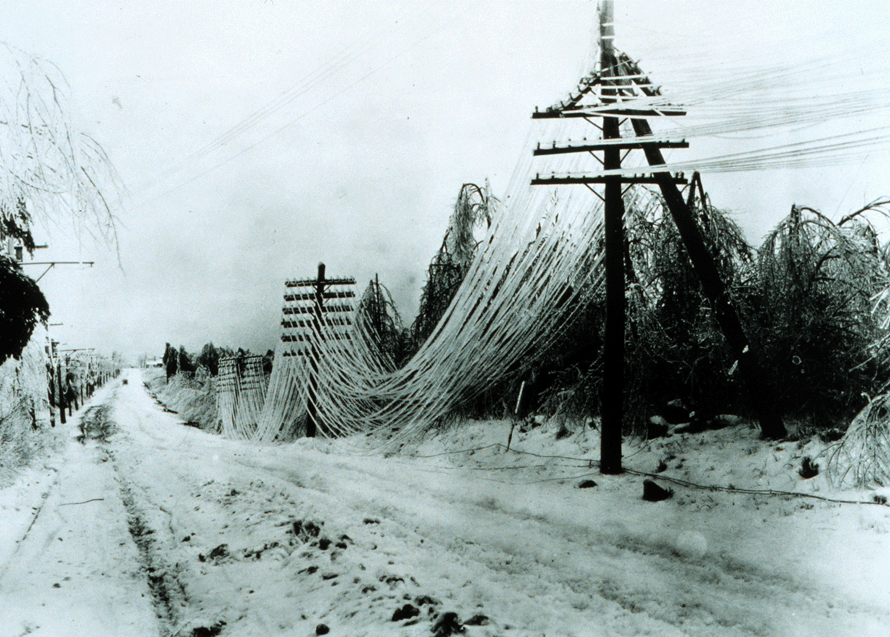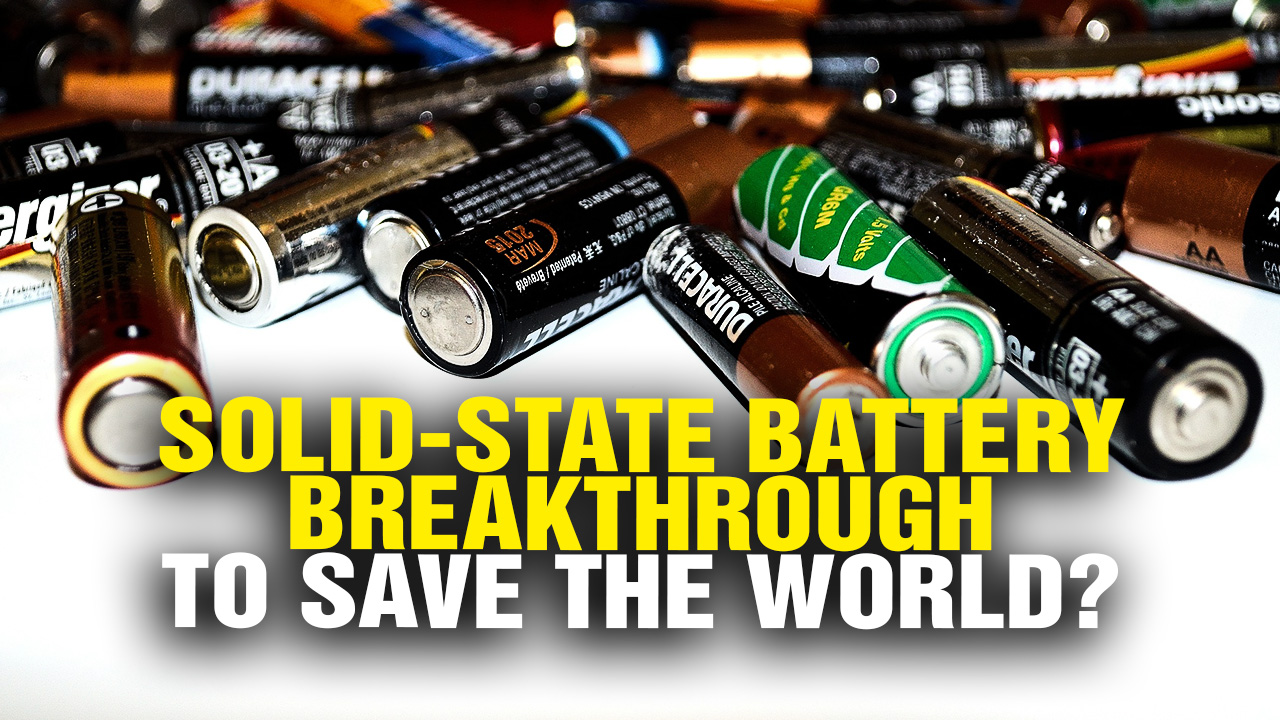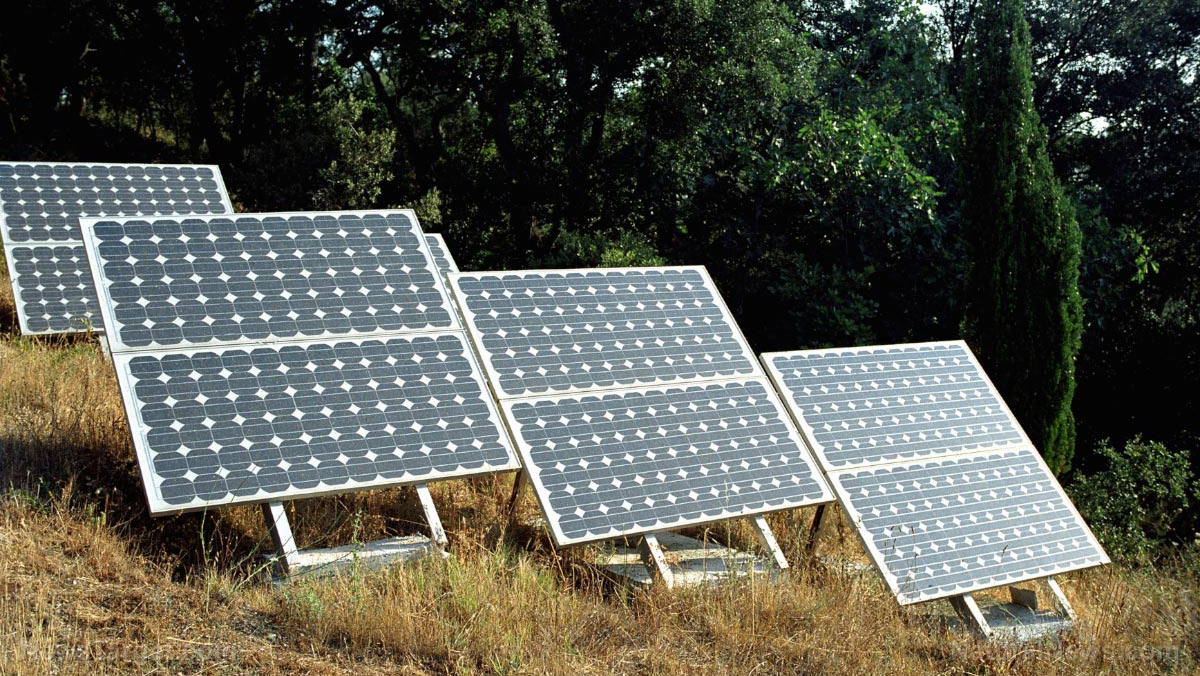Absolutely crucial items to have during a blackout
05/24/2018 / By Zoey Sky

If you think you don’t need a blackout survival kit, it’s probably time to reconsider. There’s no need to stay unprepared, especially for blackouts. We’ve become so dependent on electricity that losing power for only a couple of days or even just hours might severely impact our daily lives. (h/t to SmartPrepperGear.com.)
Electricity keeps us comfortable, from air conditioning to lighting. Preppers won’t have a problem when they lose power, but the unprepared might start to panic.
While power outages may be rare in your area, you can still experience short-term blackouts because of bad weather, natural disasters, or power failures. To prepare for these scenarios, start setting up your blackout survival kit today.
What happens during a power outage?
During a blackout, you will lose access to anything that is powered by electricity: Communication, cooling/heating, and lighting. You might not need lighting as much as communication, but with the lights on it’ll be easier to stay prepared. (Related: Long-term blackouts are a harsh reality: 7 scary challenges you probably aren’t prepared for.)
Communication is another factor that’s crucial to survival, and it’s good to have access to a reliable mode of communication when SHTF so you can stay prepared for impending danger.
Depending on where you live, cooling/heating can also affect your chances of survival. Living up north means you’re in danger because of harsh winter storms that could cause frostbite or hypothermia. If you live in a hotter climate, you could suffer from a heat stroke or dehydration.
A blackout survival kit refers to a handy kit where you keep several essential items that can help you survive several days without power. This kit is designed to ensure that you can easily access your preparedness and survival supplies.
Remember, a blackout survival kit is different from a bug-out bag (BOB), but you need both to prepare for a survival scenario.
Ideally, a blackout survival kit is kept in a specific area so you can get to it even if the lights go out, such as in drawers or night tables. Keep several of these kits in a couple of rooms in your house so you or other family members know where to go when you lose power. You can use glow-in-the-dark tape to mark their locations.
Blackout survival kits should give you access to enough backup power for about 72 hours or three days. For a long-term blackout, prepare other emergency power sources in either your pantry or garage.
When preparing your blackout survival kit, make sure to include these items:
- AA batteries – For your flashlights or radio/s.
- AAA batteries
- Emergency radio
- Flashlight
- Glow in the dark tape
- Glow sticks
- Hand warmers – These will keep your hands warm until you have access to a heat source.
- Headlamps – Headlamps are handy, especially if you need both hands to work on something.
- Knife
- Laminated emergency contact list – Make sure the list is laminated so it won’t get damaged by water.
- Lighters and/or matches
- Multi-tool – Get a multi-tool with attachments that will let you work on a circuit breaker.
- Portable battery charger – You can also keep these chargers in your Every Day Carry kit (EDC) and BOBs.
- Portable HAM radio – Preppers prefer to use HAM radios so they can keep in contact if and when SHTF.
- Tealights – Tealights are a handy light source, even if they have a short burn time.
- Waterproof container – Get a blackout survival kit that’s sturdy and waterproof. You can also opt for an airtight container so the items inside won’t be damaged.
- Work gloves
A blackout survival kit is designed to last for about 72 hours, but try to prepare other sources of power so you won’t have too much trouble during a blackout.
While you’re at it, regularly check your EDC kits and BOBs so everyone in your family can stay safe when SHTF.
Tips for long-term blackout prepping
In the event of a long-term blackout, a generator and a portable solar power charger can keep everyone warm. You can also set up LED lanterns, which are good lighting options since they are bright and battery powered.
Keep your car’s gas tank full, just in case. If the situation worsens, you may have to travel so you can stay safe. Don’t forget to stock up on fuel for your generator.
In addition, check if you have enough non-perishable food items and bottled water in your stockpile.
You can read more articles about how to stay safe during a power outage at Preparedness.news.
Sources include:
Tagged Under: batteries, blackout, blackout survival kit, BOB, bug out, bug out bag, disaster, EDC kit, energy source, Every Day Carry kit, Gear, home preparedness, home preparedness system, long-term blackout, multipurpose survival tools, multitools, off grid, Off-the-grid living, portable energy source, power grid, Power Outage, power source, preparedness, preparedness tips, prepper, prepping, prepping tips, short-term blackout, SHTF, survival, survival items, survival kit, survival skills, Survival Tips, survival tools, survivalist




















